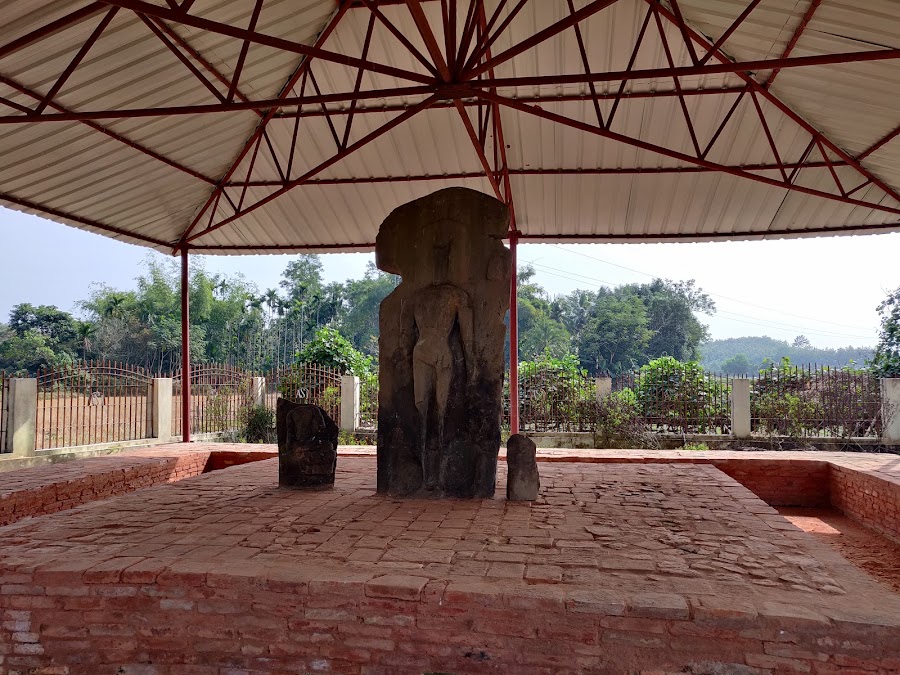
Pilak Historical Palace
Udaipur, India
- Enjoy the peaceful and serene environment.
- Explore ancient temple ruins and sculptures.
- Learn about the history of Pilak.
- Photography of historical artifacts.
Known for:
Description:
Pilak is an ancient archaeological site in the Udaipur subdivision of South Tripura district, India, showcasing a fascinating blend of Hinduism and Buddhism dating back to the 8th-12th centuries. As a tourist, you can explore the ruins of temples and monasteries, marvel at the intricate stone sculptures and terracotta plaques depicting deities and scenes from both religions. The serene atmosphere and lush green surroundings offer a tranquil escape from the bustling city life. Pilak provides a unique insight into the region's rich cultural heritage and religious harmony, making it a must-visit for history buffs and those seeking a spiritual experience. Don't forget to bring your camera to capture the beauty of these ancient relics.
History:
Pilak's history is deeply rooted in the ancient kingdoms that flourished in Tripura. From the 8th to 12th centuries, the region served as a melting pot of religious and artistic influences. The Pala dynasty's influence is evident in the Buddhist sculptures, while the Hindu deities reflect the local beliefs of the time. The site's strategic location along ancient trade routes contributed to its prosperity and cultural exchange. Over time, Pilak was abandoned and gradually lost to the dense forests, only to be rediscovered by archaeologists in the early 20th century. Excavations have unearthed a wealth of artifacts, shedding light on the religious practices, artistic styles, and daily life of the people who once inhabited this vibrant settlement. The discovered relics are now preserved in the Tripura Government Museum.